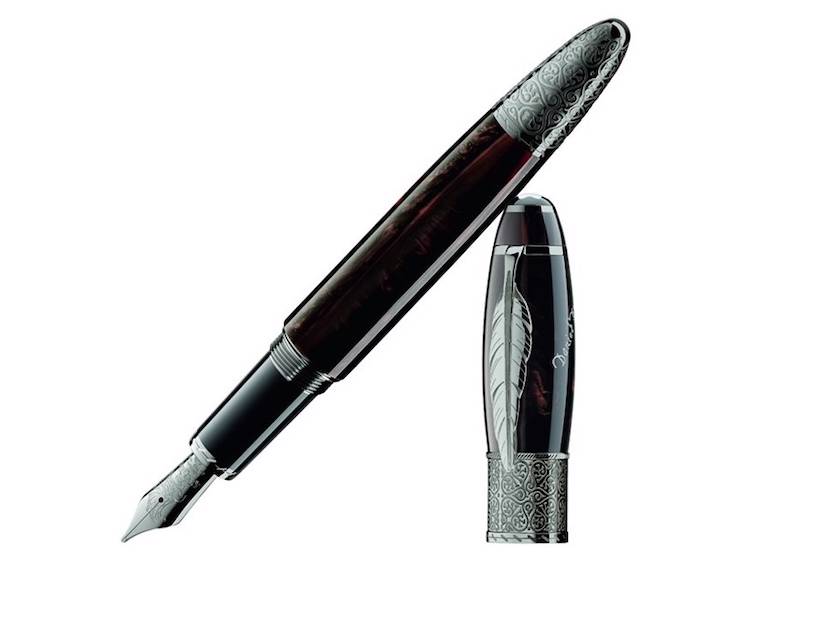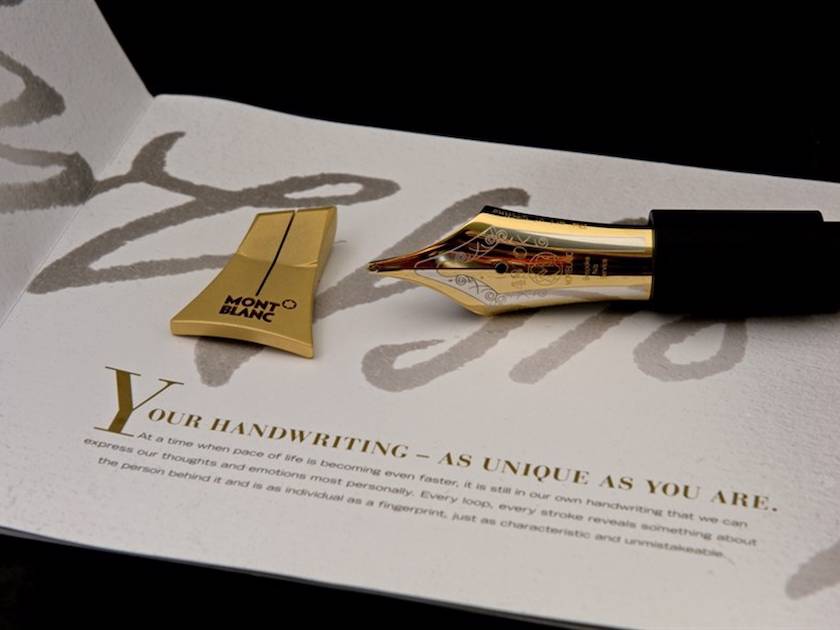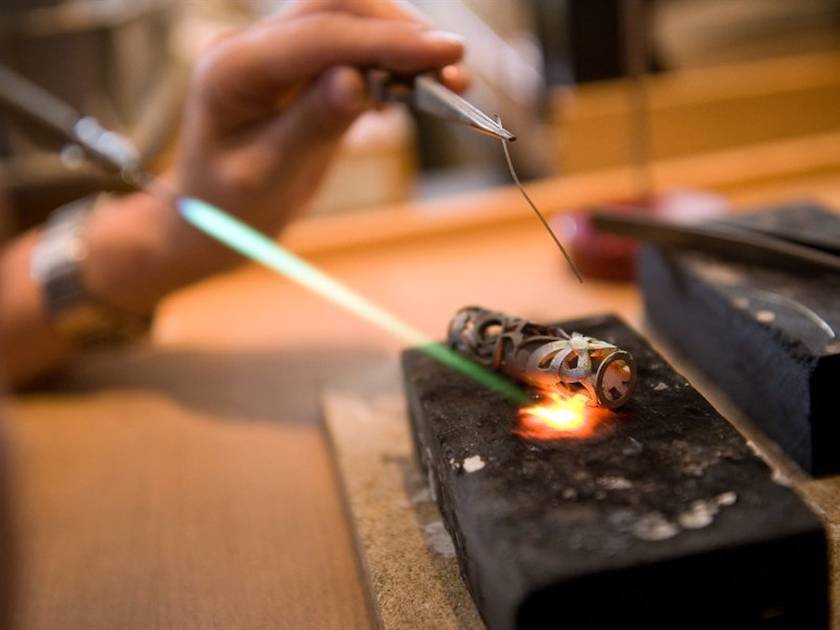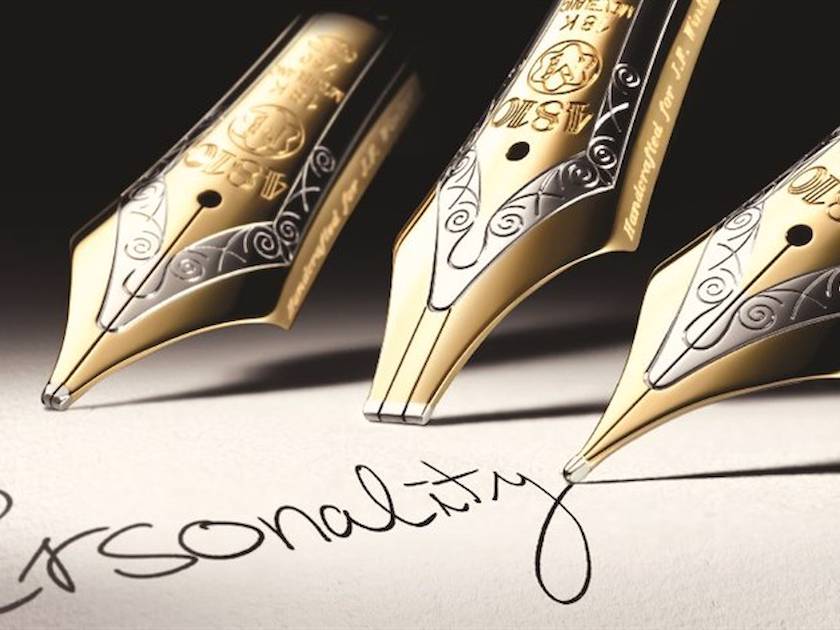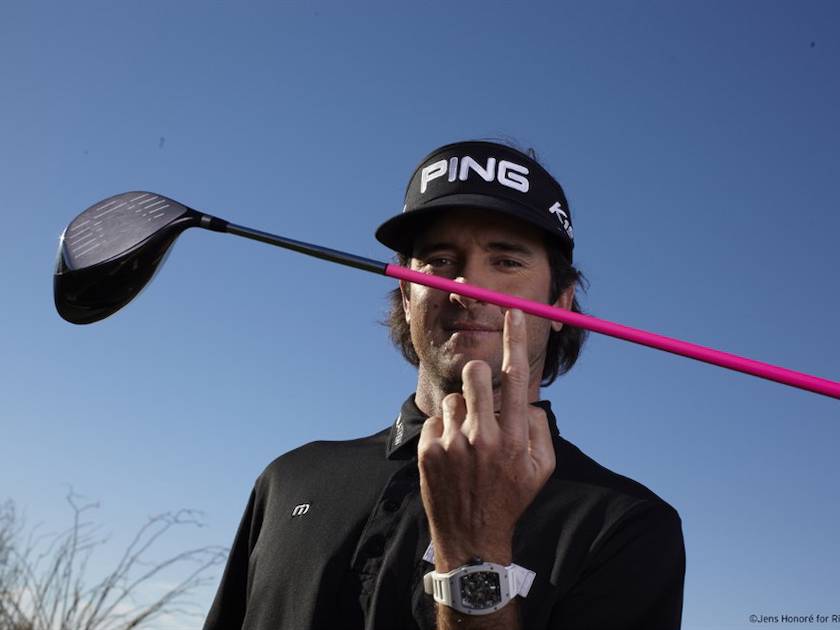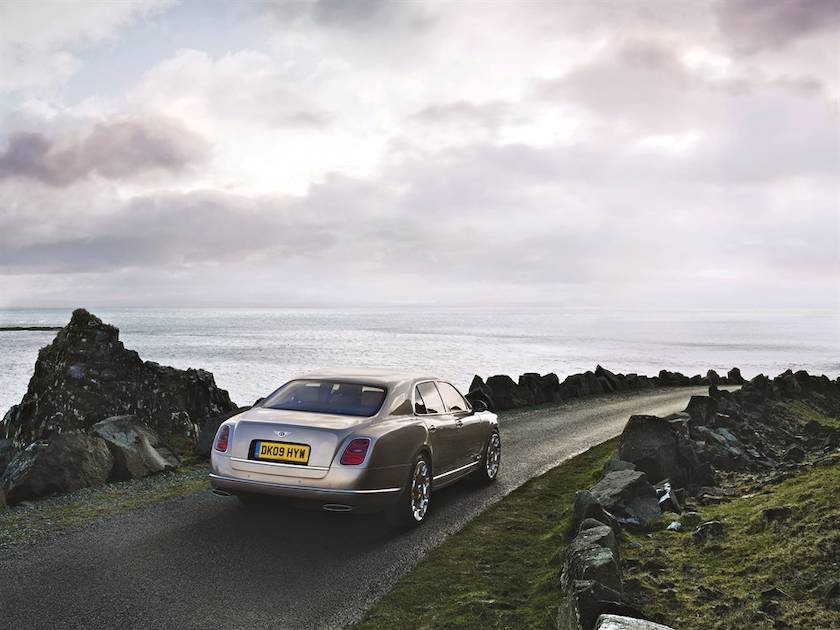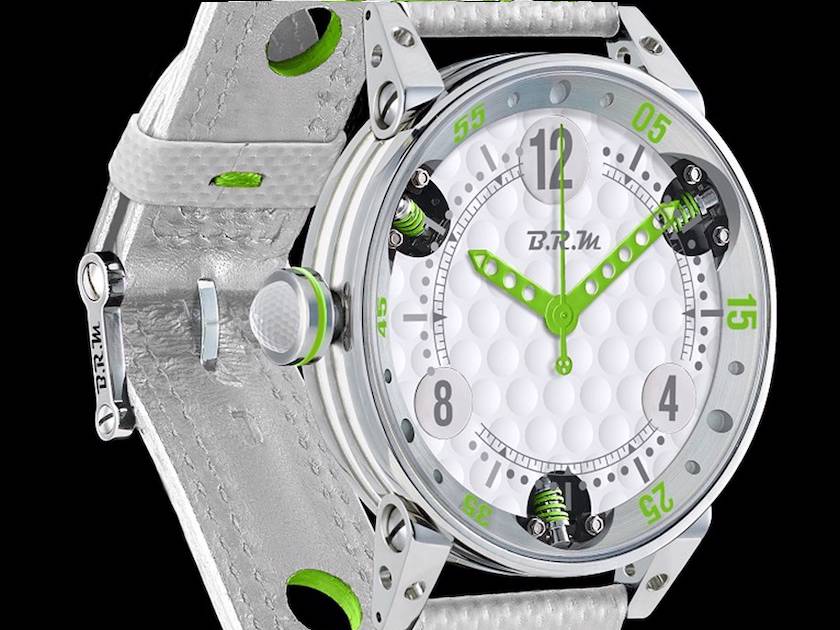Montblanc - The ultimate masterpiece
Montblanc is a luxury maison of world-renown. Angus Davies travels to Hamburg and discovers a culture of perfection where fine writing instruments come to life.
I have always exhibited a predilection for goods bearing the words “Made in Germany”. These three words, based on personal experience, bestow peace of mind, conferring quality, longevity and reliability. If I examine my car-buying history, I often succumb to four rings on a grille, a three pointed star, or the blue and white roundel of BMW. Indeed, driving my own 6 Series around the twisty byways of the Cotswolds recently, I perfectly understand the brand’s strapline, “The Ultimate Driving Machine”.
THE ULTIMATE WRITING MACHINE. In 1906, Montblanc was founded in Hamburg and is now an über-luxury maison, synonymous with producing fine writing instruments adorned with a snow-capped emblem. Over the years, Montblanc has enlarged its product portfolio, making luxury watches in Switzerland and producing gorgeous leather items in Italy. Nevertheless, Germany remains the home for the production of, arguably, the most luxurious writing instruments in existence. I cherish my own Montblanc Starwalker fountain pen. It engenders a sense of well-being each time I use it and represents the very antithesis of a hastily scribbled note with a disposable hotel-issue ballpoint pen. When writing with a Montblanc, each word is bestowed with gravitas and greater meaning. There is no substitute for inscribing words with a fine writing instrument. In my opinion, Montblanc is the ultimate writing machine. Strolling along the corridors of the extensive Hamburg factory, I noted numerous photographs gracing the walls, showing heads of state signing treaties of historical significance, all using a Montblanc writing instrument. Other walls were adorned with original works of art, acting as a source of aesthetic inspiration. A word frequently used in the same breath as art is “Masterpiece”, or rather, “Meisterstück”.
THE ICONIC MEISTERSTÜCK. The Meisterstück 149 fountain pen, first released 90 years ago, is made of dark black precious resin, and features a hand-ground gold nib, three gold-plated rings and a gold-plated clip. It is revered by legions of admirers. Since its release, Montblanc has expanded its collection of models. Some models exhibit a traditional aesthetic, whereas others evince a thoroughly modern mien. The maison also makes limited editions and even bespoke pieces for those who wish to express their own personality. It was with this in mind that I looked at some areas of Montblanc’s vast operation, keen to capture just a soupçon of the savoir-faire which makes this a truly exceptional luxury brand.
NIB PRODUCTION. Nibs are constructed of 14-carat or 18-carat gold and, in some instances, they are rhodium plated. There are 35 steps necessary to construct a nib. A long strip of gold, held in a reel, is fed into a pressing machine. Nib shaped metal strips are formed under colossal pressure, to form curved “platines". By subjecting the platines to this pressure, they become incredibly stiff and won’t revert to their former shape. A stamp is engraved by a time-served artisan and this embellishes the nib with a decorative motif, an inscription or, in the case of some limited edition models, an artistic depiction pertinent to the model. A hole in the upper surface of the nib permits air to enter the pen, allowing the ink to flow. Some are circular in form, whereas others are delivered in various shapes, including the romantic’s favourite, a stylish heart. A slit is cut into the leading edge of the tip. This incredibly small gap allows the ink to travel to the paper by means of capillary action. Often positioned in the centre of the tip, albeit not always, it’s cut with a high speed circular disc.
COSTLY MATERIAL. At the end of the tip is a round sphere made of iridium, a platinum-like material, fused with the main body of the nib using a precise pulse of heat. This material is incredibly expensive, costing approximately €4500 per 100g, but is considered the best metal for this purpose. “Compromise” doesn’t seem to be part of the Montblanc lexicon. The nib is then subject to polishing by a skilled artisan. It is placed against a revolving grinding wheel and repeatedly guided in a figure of eight until all surfaces gleam brilliantly. Subtle tweaks are then made to the nib with deft use of jeweller’s pliers and, finally, the nib is expertly smoothed by hand and tested, mainly using colourless ink, to ensure everything is perfect. “Perfection” is a word often used at Montblanc, with no signs of economy in evidence.
BESPOKE NIB SERVICE. I’ve never considered my hand writing to be beautiful, sometimes wondering whether I was predisposed to a career as a general practitioner, such is the dreadful ugliness of my scrawl. In order to assess my writing and ultimately propose the most appropriate nib, my host from Montblanc provided a small passage of text, asking me to replicate it with a special pen linked to a computer and concluding the message with my signature. A facsimile of the text appeared on the screen of the computer, depicted in an array of colours. A plethora of data was displayed. The average pressure I applied to the paper was light, 0.65 Newtons (N), denoting a “relaxed handwriting” style. My average writing speed was measured at 6.8 cm per second. However, like many individuals, it significantly increased when signing my name. Indeed, it accelerated to 62.3cm per second, making me feel like the Usain Bolt of scribblers. Other measurements included my “writing instrument angle”, “writing instrument rotation” and my “swing angle”. The state of the art science was very impressive and provided an interesting juxtaposition with the traditional craftsmanship I had just witnessed in the nib production area. A fine nib was recommended, flattering my handwriting style. However, trying an extra fine nib and some bespoke options further improved the ease with which I imparted ink to paper. A bespoke nib accords a high degree of personalisation, akin to a tailor-made Savile Row suit.
THE ARTISAN ATELIER. Montblanc’s limited edition models are much sought after among the cognoscenti. Some collectors purchase two examples, one to use and one to keep in its original packaging, preserving its factory-fresh appearance. However, the ultimate expression of personalisation and luxury is Création Privée produced in the Artisan Atelier. These writing instruments are unique, limited only by the imagination of the client and the price they are willing, or able, to pay. This is a world which is remote from the high street offerings I’ve previously seen. The entry to this exclusive experience is €250,000, with a recent example costing as much as €2,400,000. However, talk of such matters appears unseemly in this rarefied world, where only a privileged few will breathe the creative air of the Artisan Atelier. Discretion is assured, with my tour guide at no stage revealing the identity of the maison’s clients or the design of their commissioned writing instrument. The creative process commences with the client meeting the Montblanc designer and a dream begins to take shape in the Artisan Atelier.
THE MONTBLANC CUT. The Master Craftsmen, invariably from the world of high-end jewellery, expertly use a hand-held burin, adding artistic decorations of timeless elegance. Gems are carefully selected, with only the finest passing muster. Each diamond, ruby, emerald or sapphire is exquisitely set with each facet carefully considered. The maison even has its own unique cut of diamond: the Montblanc cut. A choice of precious metals, exotic materials such as mammoth tusk, jade or wood can be chosen for the pen case and cap, while the nib can be personalised with a unique design, gems or personal motif. The opportunity to individualise a writing instrument appears to be without limits, with nothing seeming beyond the abilities of this talented group of artists. These are masterpieces made in a centre of excellence and, just like a famous landscape or portrait, they are duly signed, in this instance with a snow-capped emblem with its “six glacier tongues” stylishly depicted. Indeed, this is a signature of a great master’s work, the very special signature of Montblanc.
www.montblanc.com
Related Stories
NOMOS Glashütte - German precision timepieces
Great Watches - IWC Schaffhausen
Great Watches - Darren Clarke and Audemars Piguet

Journalist
